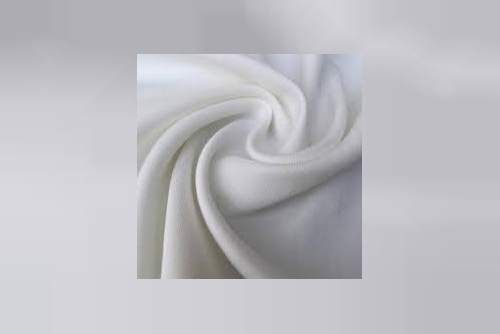Gabardine is a versatile, durable, and elegant material that has become a significant part of fashion history. Known for its smooth texture, resilience, and sharp appearance, gabardine has evolved from a practical fabric for military uniforms to a high-fashion staple. Its journey reflects innovation, craftsmanship, and timeless style. In this blog, we will explore the history of gabardine, from its military roots to its place on modern runways, and why it continues to be a favored choice in contemporary wardrobes.
The Birth of Gabardine: A Revolutionary FabricGabardine was invented in 1879 by Thomas Burberry, the British designer renowned for his contributions to the fashion industry. Burberry created it as a response to the need for a durable, weather-resistant fabric, aiming to provide a functional yet stylish option for outdoor wear. His intention was to create a fabric that would be resistant to wind and rain, while still offering the comfort and sleek appearance that Burberry’s designs were known for.
The fabric was made using a twill weave, giving it a smooth surface and enhancing its durability. This innovative design allowed gabardine to be both flexible and resistant to harsh weather conditions. It quickly became a favorite for outerwear, and Burberry’s creation revolutionized the fabric industry, setting the stage for its widespread use in various sectors.
Gabardine in Military UniformsDuring the late 19th and early 20th centuries, gabardine’s durability and water-resistant properties made it the fabric of choice for military uniforms. The British Army adopted it for soldiers’ outerwear, including trench coats, which became an iconic item during World War I. The fabric’s ability to protect soldiers from wind and rain made it an essential part of military attire.
The trench coat made from gabardine quickly became synonymous with military style. Its sleek design and practicality made it popular not only with soldiers but also with civilians, leading to its rise as a fashion statement. Following the war, trench coats became a civilian wardrobe staple, and gabardine began to be seen as more than just a functional fabric.
Gabardine in High Fashion: A Symbol of EleganceWhile gabardine was originally associated with military uniforms and functional wear, it wasn’t long before its smooth texture and durability caught the attention of fashion designers. In the 1920s and 1930s, designers began using gabardine in high-fashion collections. The fabric’s refined finish made it perfect for tailored suits and dresses, exuding both sophistication and comfort.
Gabardine’s ability to hold sharp creases and maintain a crisp, clean appearance made it particularly well-suited for formal wear. Designers such as Burberry continued to incorporate gabardine into their collections, establishing it as a luxury fabric that offered both practicality and elegance.
The Enduring Popularity of GabardineThroughout the 20th century, gabardine continued to thrive, cementing its place as a versatile fabric in both military and civilian fashion. After World War II, it became a go-to material for both men's and women's fashion, with designers experimenting with it for a range of garments. Gabardine trousers, skirts, and jackets became staples in both formal and casual wardrobes, offering durability without sacrificing style.
The fabric’s smooth drape and ability to maintain a sharp silhouette made it a favorite among professionals and style-conscious individuals. Celebrities and public figures of the time, including stars like Cary Grant and Audrey Hepburn, frequently sported garments made from gabardine, further enhancing its status as a timeless fabric.
Gabardine Today: A Timeless ClassicGabardine remains a beloved fabric in the 21st century, continuing to be used in both luxury collections and everyday wear. The fabric is still popular for tailored suits, outerwear, and formal attire, thanks to its durability, elegance, and practical benefits. Today, many designers experiment with gabardine blends and finishes, modernizing the fabric while preserving its original qualities.
The rise of sustainable fashion has also led to an increase in eco-friendly gabardine options. The fabric’s long-lasting nature makes it an excellent choice for those seeking clothing that can be worn for many years, reducing the need for frequent replacements and promoting more responsible fashion consumption.
Gabardine’s continued presence in both high fashion and everyday apparel shows its lasting impact. From military uniforms to stylish outerwear, gabardine has proven itself to be one of the most enduring fabrics in the history of fashion.
ConclusionThe history of gabardine fabric is one of innovation, utility, and enduring elegance. From its creation by Thomas Burberry as a durable, weather-resistant material for military uniforms to its rise as a high-fashion fabric, gabardine has played an integral role in shaping the fashion industry. Today, it remains a versatile and timeless fabric, prized for its durability and sophisticated appeal.
Whether you’re wearing a tailored gabardine suit or a classic trench coat, this fabric’s rich history and timeless quality continue to make it a fashion essential. As fashion evolves, gabardine will undoubtedly remain a staple fabric in wardrobes around the world.











